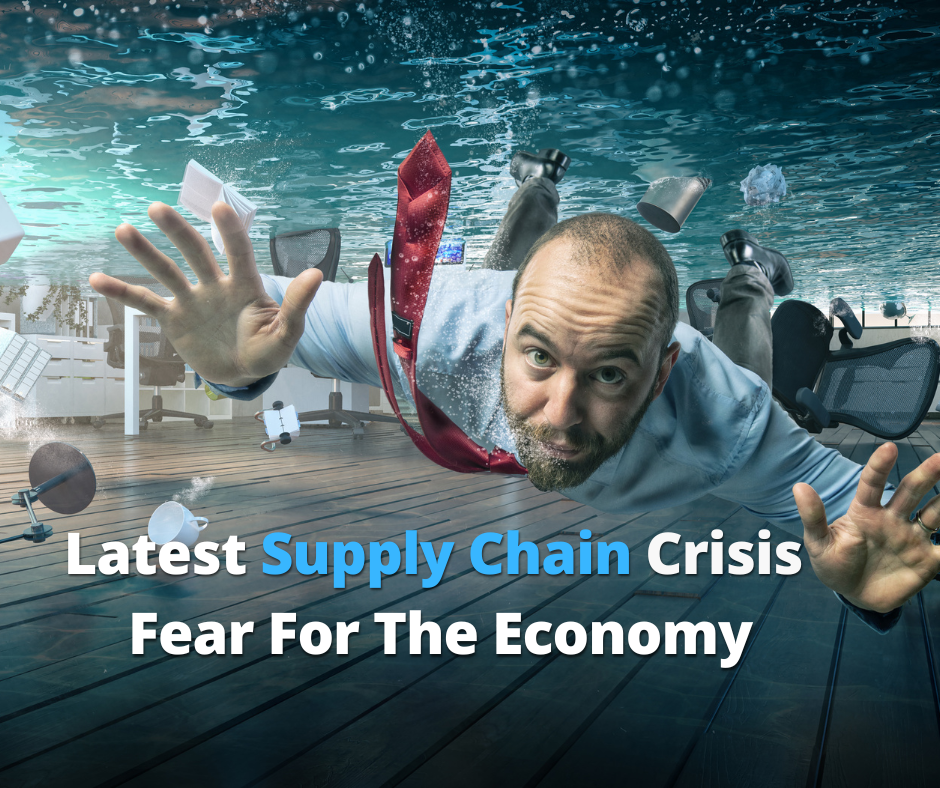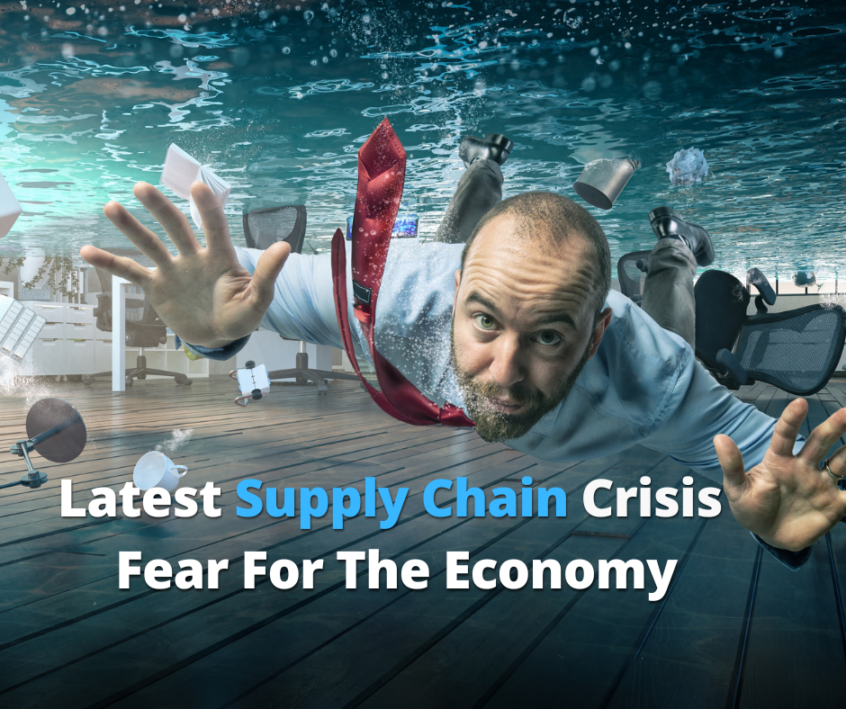
The East Coast has seen excessive congestion due to the incidents in Savannah. Consequently, about 70% of all vessels are arriving late along the trans pacific trade route. A feared rail strike would further complicate these supply chain stresses. Ocean Import is down from peak levels, and consumers who rely on these essential products are becoming concerned (Read More). Meanwhile, the Mississippi water levels are not helping to move cargo along efficiently. As an interim solution for retail overstock, retailers are utilizing portable containers to store unsorted returns. Given the interrelated nature of the supply chain, any single problem becomes a crisis when it spreads to other parts of the chain.
Weather changes impacting on business
The Mississippi River is a vital waterway for trade within the USA and for exports. Yet, the National Weather Service Memphis Office reports that the river is projected to tie with the all-time low record of -10.7 feet. New Orleans has been a hub of the export trade, but its position is being hampered by the reduced water levels. To avoid catastrophic incidents, barges are not being fully loaded. The problem with such an intervention is that it implies that barges are not operating at full capacity or efficiency.
In its weekly report, the US Department of Agriculture has indicated that southbound barge tonnage on the Mississippi River has fallen by more than 20%. Shippers dealing in wheat, soybeans, and corn, who would normally rely on barges as a cheaper alternative when compared to rail or truck transportation, are feeling the pinch. This is because of the bulky nature of graining; the USDA estimates that about 47% of grain travels via barge in the USA.
Energy sector also affected by weather changes
Historical statistics show that on average 5.4 million barrels of crude oil move on the Mississippi River each year. Moreover, about 35% of thermal coal uses the same route. As the river begins to dry up in some areas, this vibrant trade and transportation network is being debilitated. Peter Friedmann of the Agriculture Transportation Coalition suggests that the public is conditioned to think only about rail, trucking, and shipping when considering the state of international trade. Yet, barge travel is as important in many respects when it comes to internal trade and the export industry. Without adequate water levels, it becomes difficult for farmers and industries to reach their target markets.
Given the strategic position of the US market in international trade, there are cross-national implications of the falling water levels on the Mississippi. One solution currently under consideration is the use of trailers for storage. Indeed, these have become so popular that they are moving both small and sizable items. The most common options are 53-foot trailers, which function as warehouses for those businesses that wish to avoid making things even worse by not honoring their logistics commitments.
Finding solutions in unlikely places during the crisis
Brian Bourke of Seko Logistics has confirmed reports from clients who are using trailers for heavy, bulky items such as furniture attaching the trailers to in-house warehouses. Others are more cautious about storing regular inventory in this way. Instead, they are using the trailers for less critical items such as unsorted returns. This is done to save space and energy for processing outbound shipping to customers, who are as demanding as ever of this type of service. The difference is that some businesses are now adding furniture to unwanted items and commodities to this type of makeshift arrangement.
A case in point is Joe Monaghan of Worldwide Logistics Group, who reports that tires have now become another big inventory item stored in trailers. Pop-up yards are being seen across the country as logistics companies receive more and more 53-foot containers. Paul Brashier of ITS Logistics also suggests that retailers are looking for even more creative ways of managing their excess inventory. This is based on information coming out that client distribution centers are overstocked.
Getting ahead of the backlogs and delays
This overstock means distribution centers that import freight are under enormous pressure. One of the solutions is to identify high-demand SKUs. These items are then taken out of their terminals and moved to pop-up transload facilities. The selected product is loaded into a 53-foot container so that the inventory can be shifted further inland and hopefully arrive faster at the consumer’s doorstep. These arrangements are typically made by logistics companies and partners in an attempt to minimize the impact of shipping industry turmoil on suppliers.
Such actions make sense considering the type of congestion being experienced on the East Coast—mainly a consequence of increased trade volume. Meanwhile, eastern ports are dealing with a build-up that will eventually lead to congestion. Besides, the volume of containers bound for warehouses means that prices will inevitably rise. This seems an anomaly against a background of declining demand. Savannah is one of the key examples of this gridlock, with many vessels waiting at anchor.
Vessels are now less dependable
Even with the intervention of pop-up yards, the reliability of vessels has been compromised by these bottlenecks. This comes even as global scheduling improves following the challenges of the last two years. Alan Murphy of Sea-Intelligence ApS highlights the specific case of transpacific trade, which seems to be dealing with the brunt of problems. For example, up to 70% of arrivals are not on time on the Transpacific line. Ports that are receiving more ships are struggling even more, while those with fewer vessels like New York, Los Angeles, Long Beach, and Charleston are faring better.
Wrapping up
The logistics industry is dealing with a loss in capacity on the barge lanes due to a drought on the Mississippi River. This is affecting trade and comes at a time when logistics are dealing with a multitude of bottlenecks. Businesses are looking for imaginative interim solutions such as pop-up storage units. However, the problem is likely to continue challenging the logistics industry.



